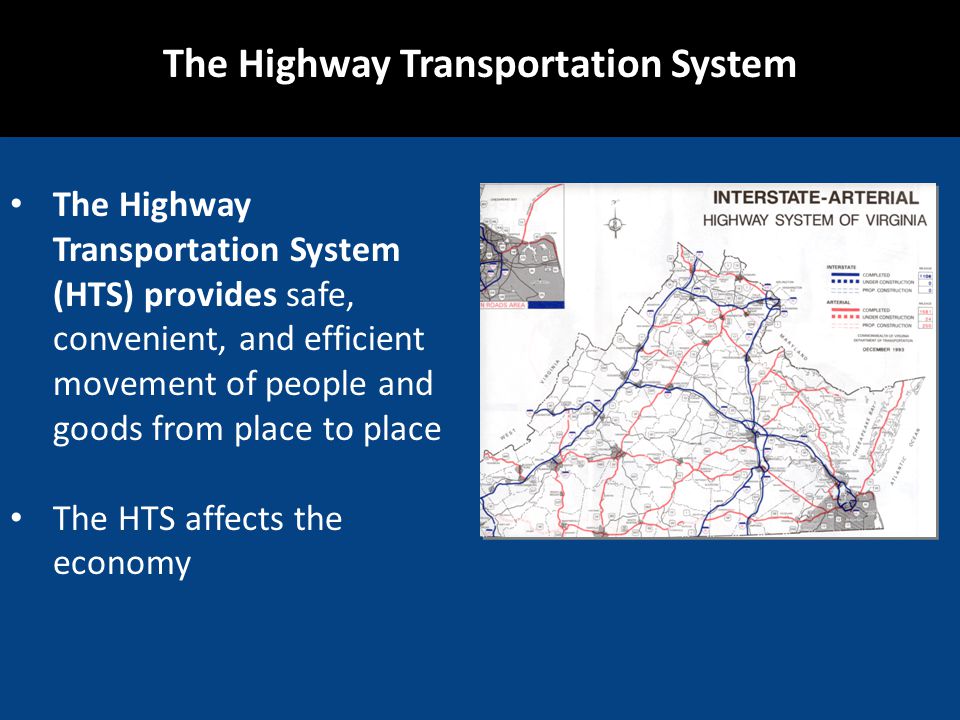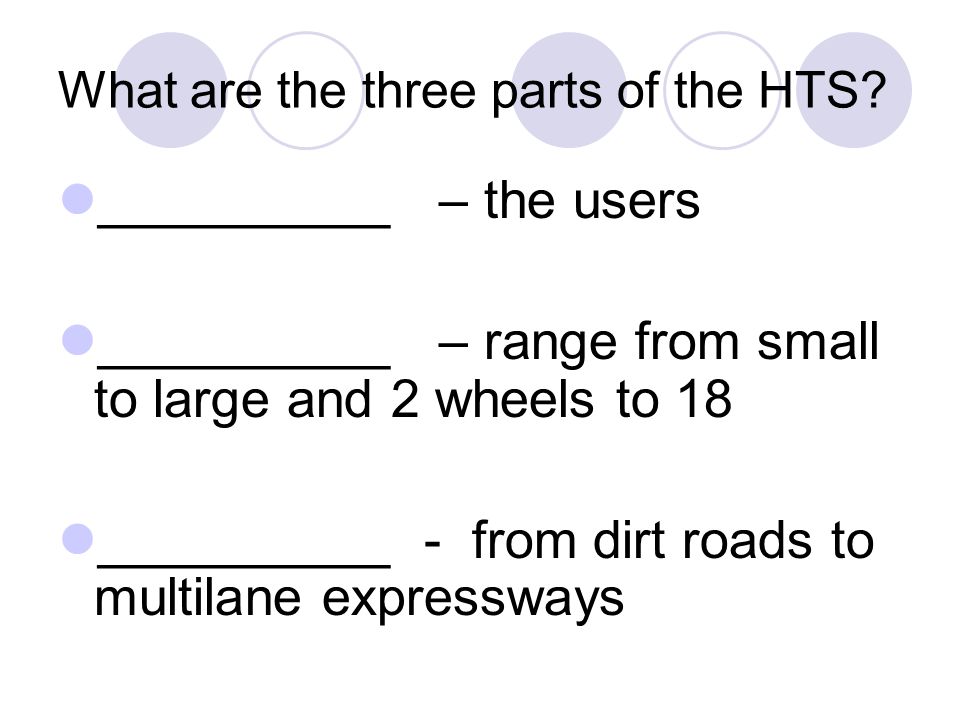3 Parts Of The Highway Transportation System

Imagine you're behind the wheel, sunlight glinting off the hood of your car, the open road stretching before you. A smooth ribbon of asphalt guides you toward your destination, whether it's a cross-country adventure or a simple trip to the grocery store. But have you ever stopped to consider the complex, interconnected system that makes these journeys possible?
At the heart of our ability to move freely and safely lies the Highway Transportation System (HTS). It's a critical infrastructure that fuels economies, connects communities, and shapes our daily lives. This article will delve into the three core components of the HTS: the people, the vehicles, and the roadways, exploring how they interact to create a functional and evolving network.
The Human Element: Drivers, Passengers, and Pedestrians
The most dynamic and unpredictable component of the HTS is undoubtedly the people. Drivers, passengers, pedestrians, cyclists – all contribute to the intricate ballet of movement on and around our roads. Understanding human behavior is essential for designing safer and more efficient transportation systems.
Driver behavior is a significant area of study, examining factors like decision-making, reaction times, and the influence of distractions. Organizations like the National Highway Traffic Safety Administration (NHTSA) dedicate resources to understanding and mitigating risky driving behaviors, such as speeding, impaired driving, and distracted driving. These efforts help shape policy and inform public awareness campaigns aimed at promoting safer roads for everyone.
Education and licensing are key to ensuring that drivers possess the knowledge and skills necessary to operate vehicles safely. Graduated driver licensing (GDL) programs, for example, gradually introduce young drivers to the road, reducing their risk of accidents. Continuous education and refresher courses can also help drivers stay up-to-date on traffic laws and safe driving practices.
The Vulnerable Road User: Protecting Pedestrians and Cyclists
Pedestrians and cyclists are particularly vulnerable within the HTS. Their safety relies heavily on the awareness and actions of drivers, as well as the design of roadways. Many cities are increasingly prioritizing pedestrian and cyclist safety through initiatives like protected bike lanes, pedestrian crosswalks, and reduced speed limits in urban areas.
Smart city technologies are also playing a role in improving pedestrian safety. Intelligent traffic signals can detect the presence of pedestrians and adjust signal timings to allow them to cross safely. Connected vehicle technology can alert drivers to the presence of pedestrians or cyclists in their path, further enhancing safety for all.
The Mechanical Marvels: Vehicles of All Shapes and Sizes
The second critical element of the HTS is the diverse array of vehicles that traverse our roads. From compact cars to massive semi-trucks, each type of vehicle presents unique engineering challenges and safety considerations. Technological advancements are constantly transforming the automotive industry, making vehicles safer, more efficient, and more connected.
Safety features like anti-lock brakes (ABS), electronic stability control (ESC), and airbags have dramatically reduced the risk of accidents and injuries. Newer technologies, such as advanced driver-assistance systems (ADAS), are further enhancing safety by providing features like lane departure warning, automatic emergency braking, and adaptive cruise control. These systems use sensors, cameras, and radar to monitor the vehicle's surroundings and assist the driver in avoiding collisions.
Fuel efficiency and emissions are also major concerns for vehicle manufacturers. Hybrid and electric vehicles (EVs) are becoming increasingly popular as consumers seek more environmentally friendly transportation options. Governments around the world are incentivizing the adoption of EVs through tax credits and other programs, while investing in charging infrastructure to support their widespread use.
The Future of Vehicles: Autonomous Driving
Perhaps the most transformative development in the automotive industry is the rise of autonomous driving technology. Self-driving cars promise to revolutionize transportation by improving safety, reducing congestion, and increasing accessibility for people with disabilities. However, the widespread adoption of autonomous vehicles also raises complex ethical, legal, and societal questions that need to be addressed.
Testing and development of autonomous vehicles are underway in many cities around the world. Companies like Waymo and Tesla are actively refining their self-driving technologies, while policymakers are working to establish clear regulations for their deployment. The future of transportation is likely to involve a mix of human-driven and autonomous vehicles, working together to create a safer and more efficient HTS.
The Concrete Canvas: Roadways and Infrastructure
The physical infrastructure that supports the HTS is the roadways themselves, along with bridges, tunnels, traffic signals, and other essential components. A well-maintained and thoughtfully designed infrastructure is crucial for ensuring the safe and efficient movement of people and goods.
Roadway design takes into account factors like traffic volume, speed limits, terrain, and environmental conditions. Civil engineers use sophisticated software and modeling techniques to optimize road layouts and ensure that they meet safety standards. Pavement materials and construction methods are constantly being improved to create more durable and resilient roads that can withstand heavy traffic and harsh weather conditions.
Traffic management systems play a vital role in optimizing traffic flow and reducing congestion. These systems use sensors, cameras, and algorithms to monitor traffic conditions and adjust traffic signal timings in real-time. Intelligent transportation systems (ITS) also provide drivers with real-time information about traffic conditions, allowing them to make informed decisions about their routes.
The Challenges of Infrastructure Maintenance and Funding
Maintaining and upgrading our existing transportation infrastructure is a significant challenge. Many roads and bridges are aging and in need of repair or replacement. Securing adequate funding for infrastructure projects is a constant struggle, as competing priorities and budgetary constraints often limit the resources available.
Innovative funding mechanisms, such as tolling and public-private partnerships, are being explored to help address the infrastructure funding gap. Furthermore, advancements in materials science and construction techniques are making it possible to build more durable and sustainable infrastructure that requires less maintenance over its lifespan. Investing in infrastructure is essential for supporting economic growth, improving quality of life, and ensuring the long-term viability of the HTS.
The Highway Transportation System is a complex and interconnected network that relies on the harmonious interaction of people, vehicles, and roadways. Continuous improvement in each of these areas is essential for creating a safer, more efficient, and more sustainable transportation system for all. By understanding the challenges and opportunities facing the HTS, we can work together to build a better future for transportation.
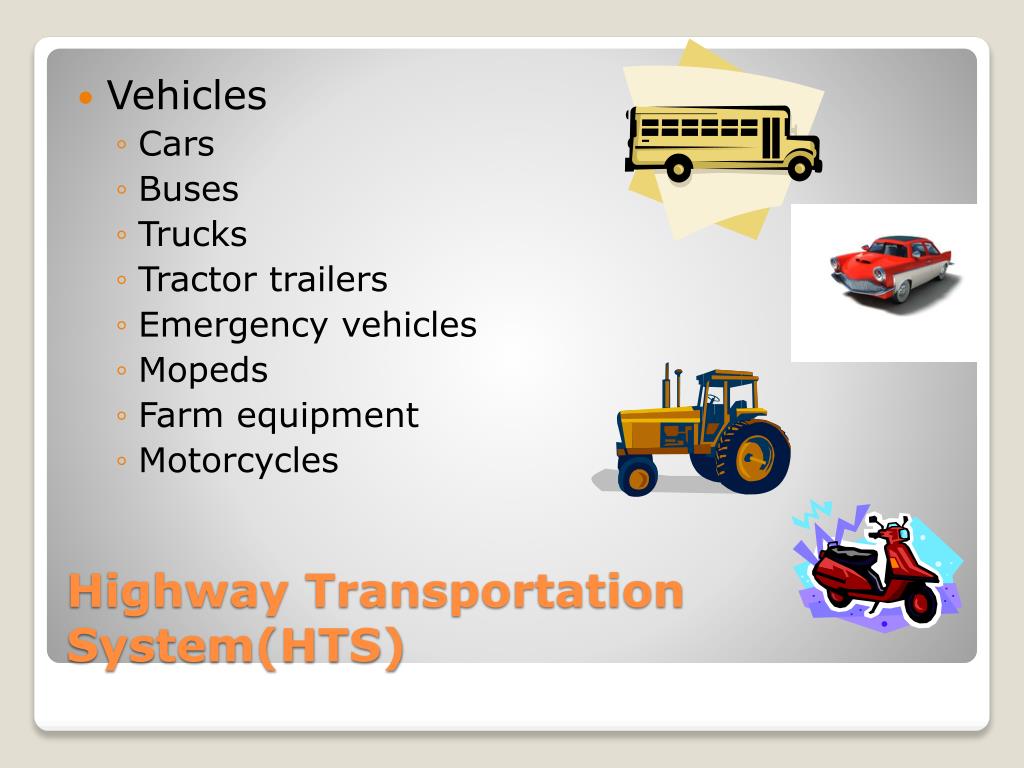
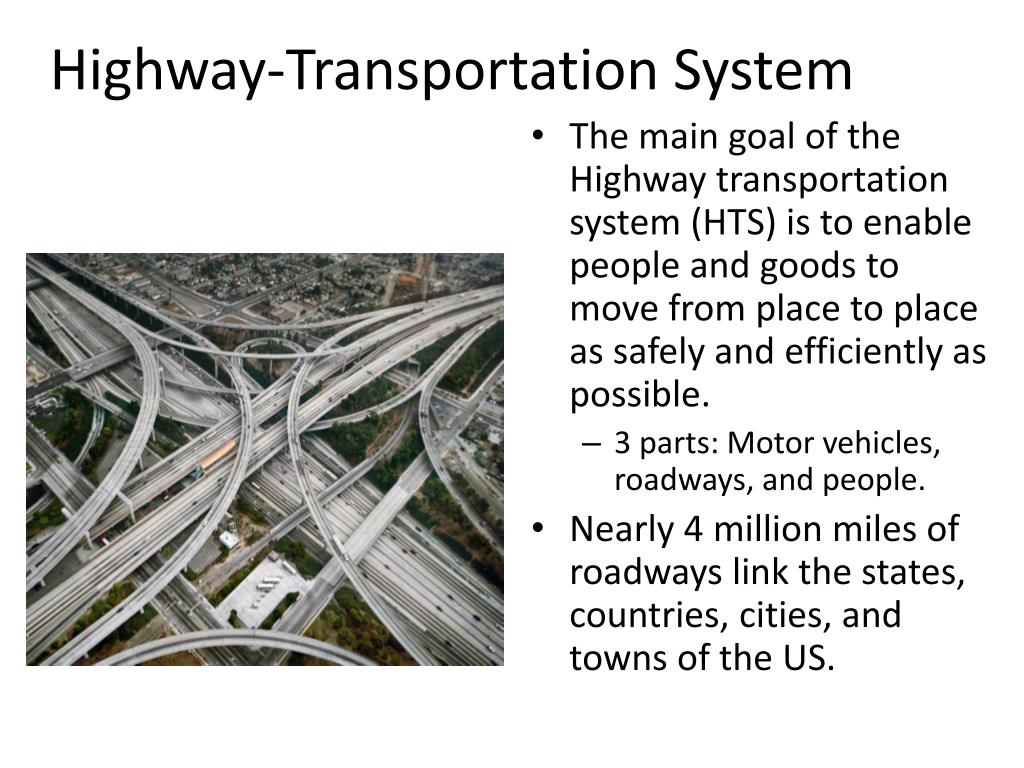
.jpg)


.jpg)
.jpg)
.jpg)
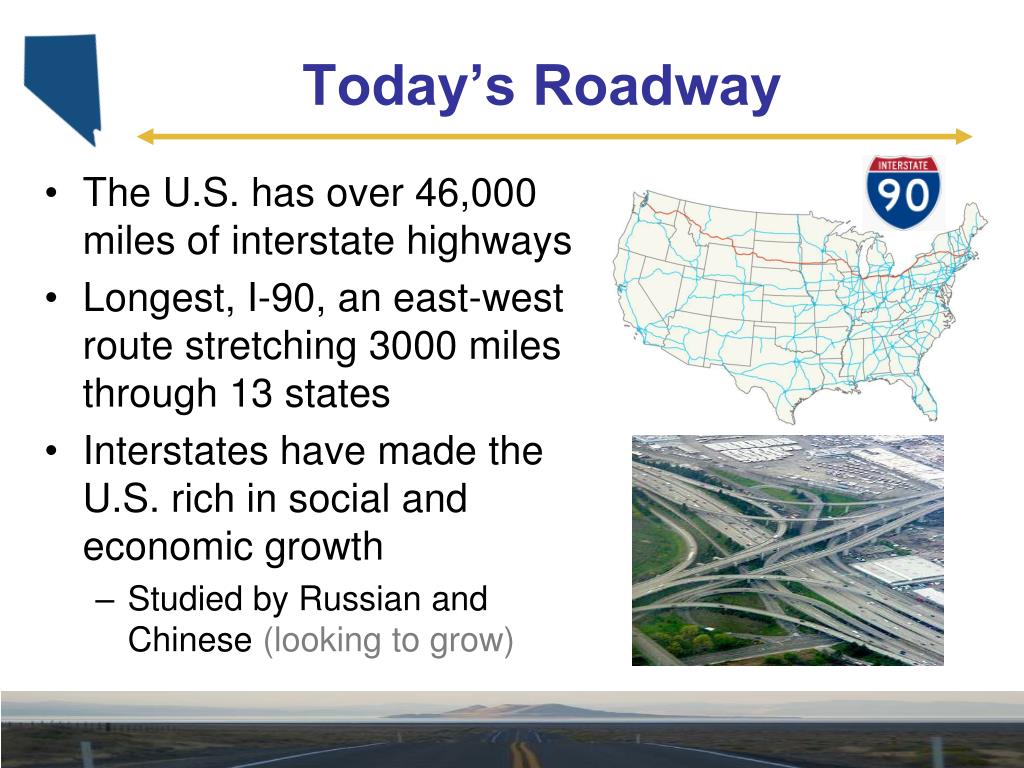
.jpg)





